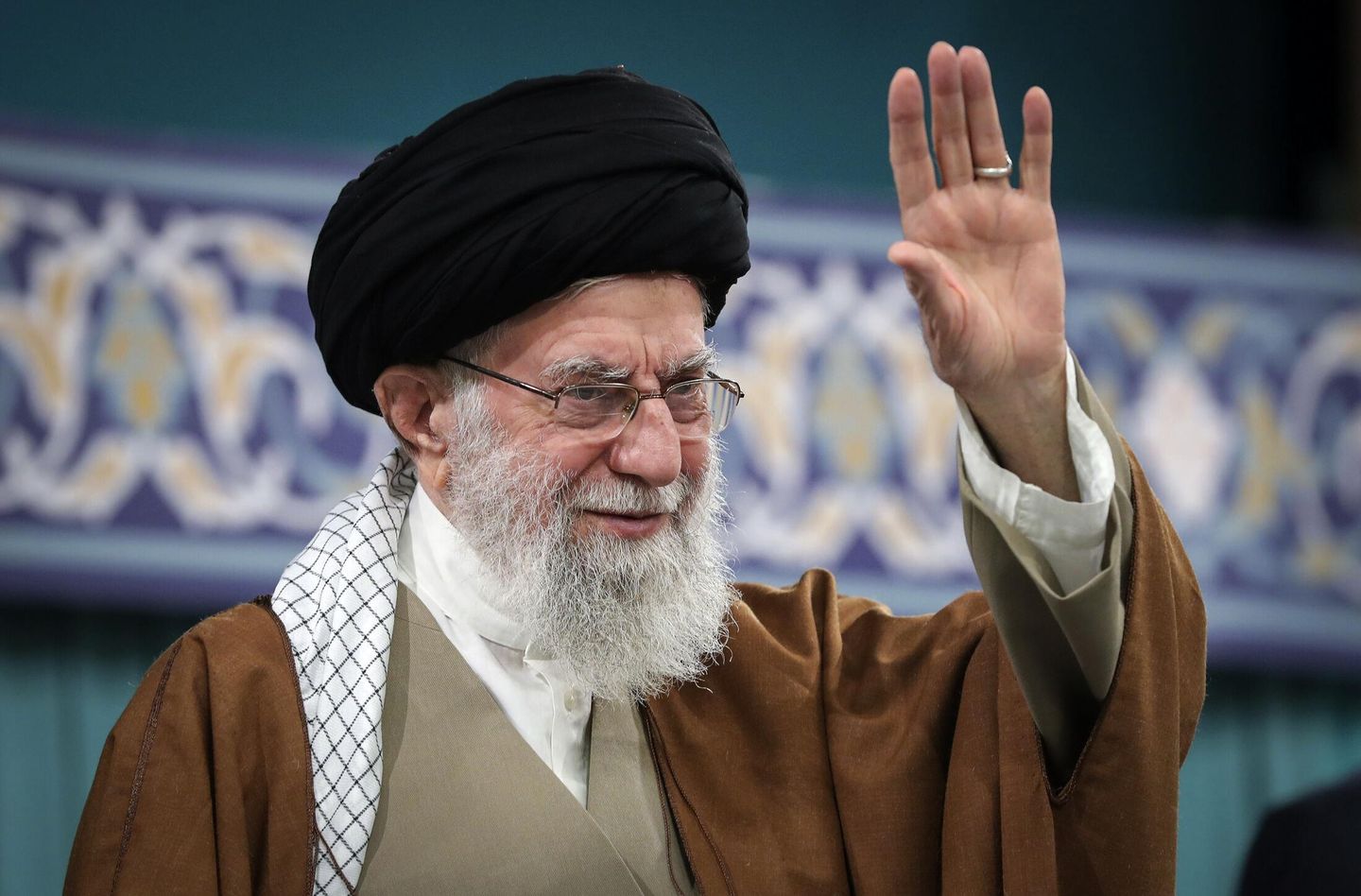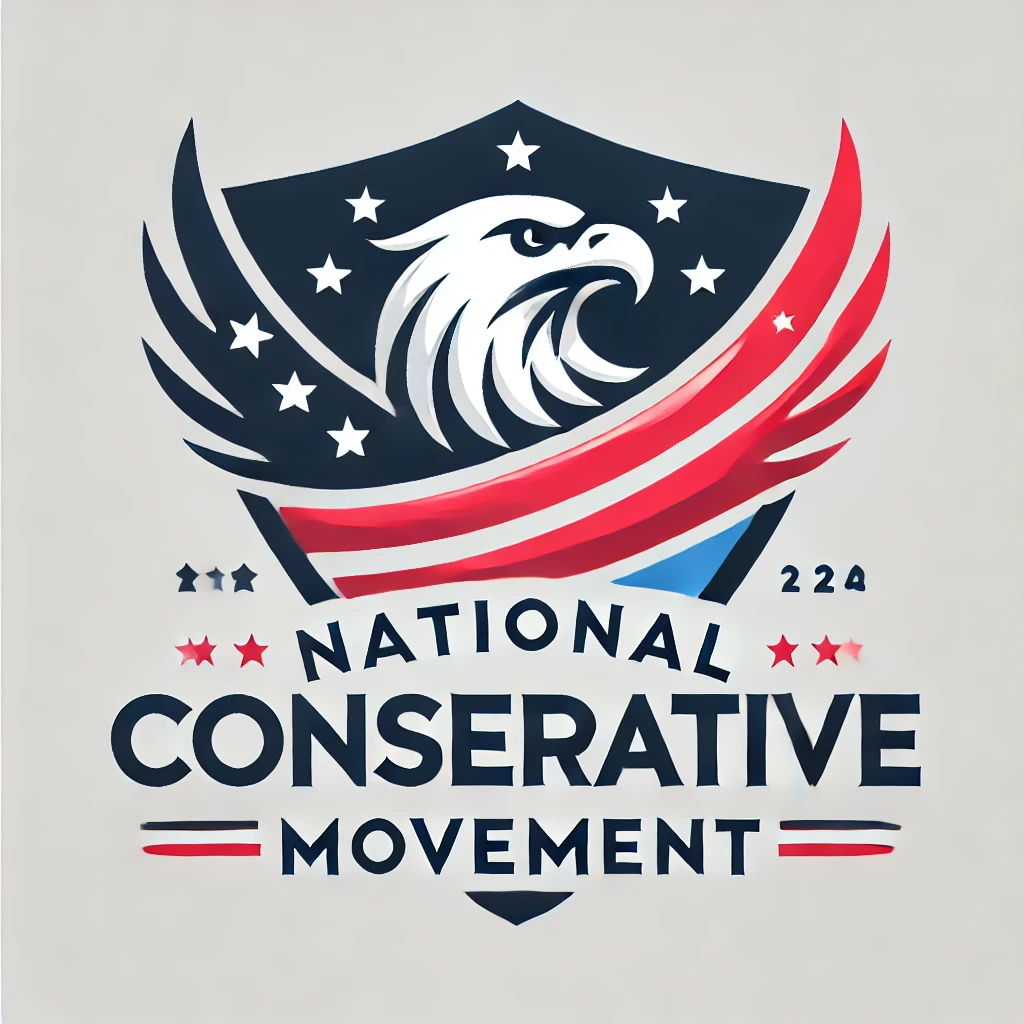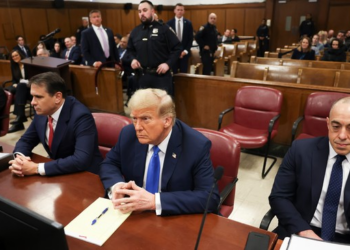
The United States and Iran are at odds ahead of anticipated nuclear negotiations, with Tehran declaring uranium enrichment a “non-negotiable” right even as Supreme Leader Ayatollah Ali Khamenei has authorized renewed talks. Here’s what you need to know about this developing diplomatic situation:
The negotiating positions
Fundamental differences already apparent:
- Iran declares uranium enrichment “non-negotiable” right
- U.S. insists on significant enrichment restrictions
- Tehran demands immediate sanctions relief
- Washington requires verified compliance first
- Iran wants guarantees against future withdrawal
- America seeking longer-term constraints
- Regional activities central to U.S. concerns
- Missile program excluded by Iranian position
The Supreme Leader’s role
Khamenei’s involvement signals significant shift:
- Ayatollah Ali Khamenei has authorized new talks with U.S.
- Rare public statement on diplomatic direction
- Established specific red lines for negotiators
- Previous opposition to direct American engagement
- Religious justification provided for diplomatic approach
- Emphasis on maintaining “nuclear rights”
- Criticism of previous U.S. negotiating stance
- Unprecedented level of direct involvement
The Trump approach
New administration brings different strategy:
- Campaign pledged “maximum pressure” continuation
- Early signals of willingness for direct engagement
- Insistence on broader agreement beyond nuclear issues
- Regional security concerns emphasized
- Verification demands more stringent
- Sanctions relief linked to comprehensive behavior change
- Congressional consultation prioritized
- Israeli and Gulf state concerns incorporated
The enrichment reality
Technical situation complicates talks:
- Iran now enriching uranium to 60% purity
- Weapons-grade requires 90% enrichment
- Advanced centrifuges installed and operating
- Technical knowledge cannot be reversed
- Breakout time significantly reduced
- Monitoring access limited and incomplete
- Underground facilities hardened against strikes
- Stockpile exceeds previous agreement limits
The regional context
Broader Middle East dynamics affect calculations:
- Israel-Hamas conflict influencing Iranian position
- Saudi-Iran tensions recently reduced
- Yemen war continuing despite diplomatic efforts
- Iraq stability concerns for both nations
- Syria and Lebanon proxy activities ongoing
- Gulf states pursuing independent security arrangements
- Israeli military options publicly discussed
- Regional proliferation concerns increasing
The domestic pressures
Internal politics shape both countries’ approaches:
- Iranian economic situation increasingly desperate
- Hardliners dominant in Iranian parliament
- U.S. congressional skepticism of diplomacy high
- Israeli lobbying against concessions intensifying
- Iranian presidential election implications
- American electoral calendar considerations
- Public opinion divided in both countries
- Economic stakes significant for Iranian regime
The diplomatic timeline
Process taking shape amid tensions:
- Preliminary contacts through intermediaries ongoing
- European partners facilitating communication
- Potential neutral location being identified
- Technical working groups being established
- Pre-negotiation positions hardening publicly
- Two-phase approach under consideration
- Verification mechanisms central to planning
- Time pressure increasing with technical advances
What happens next
Several key developments are anticipated:
- Announcement of format and location expected
- Preliminary expert-level meetings likely
- IAEA monitoring access negotiations critical
- Initial confidence-building measures possible
- Regional allies seeking consultation assurances
- Congressional oversight hearings planned
- Market reaction to diplomatic progress expected
- Military contingency planning continuing
Read more:
• U.S., Iran at odds ahead of nuclear talks; Tehran says uranium enrichment ’non-negotiable’
• Ayatollah Ali Khamenei, Iranian supreme leader, says nuclear talks with U.S. can proceed
This article is written with the assistance of generative artificial intelligence based solely on Washington Times original reporting and wire services. For more information, please read our AI policy or contact Ann Wog, Managing Editor for Digital, at awog@washingtontimes.com
The Washington Times AI Ethics Newsroom Committee can be reached at aispotlight@washingtontimes.com.












